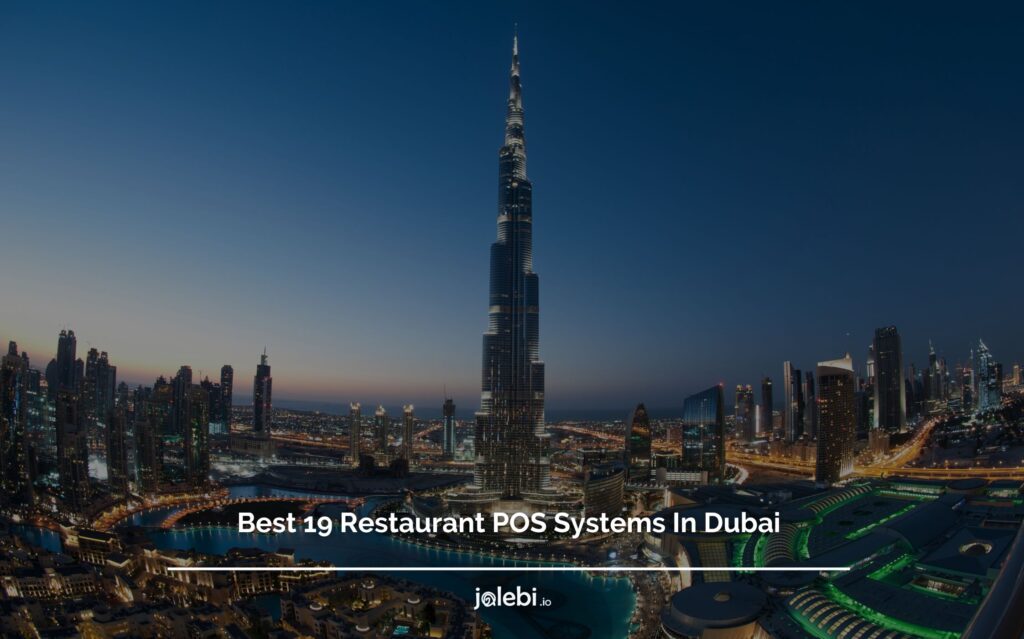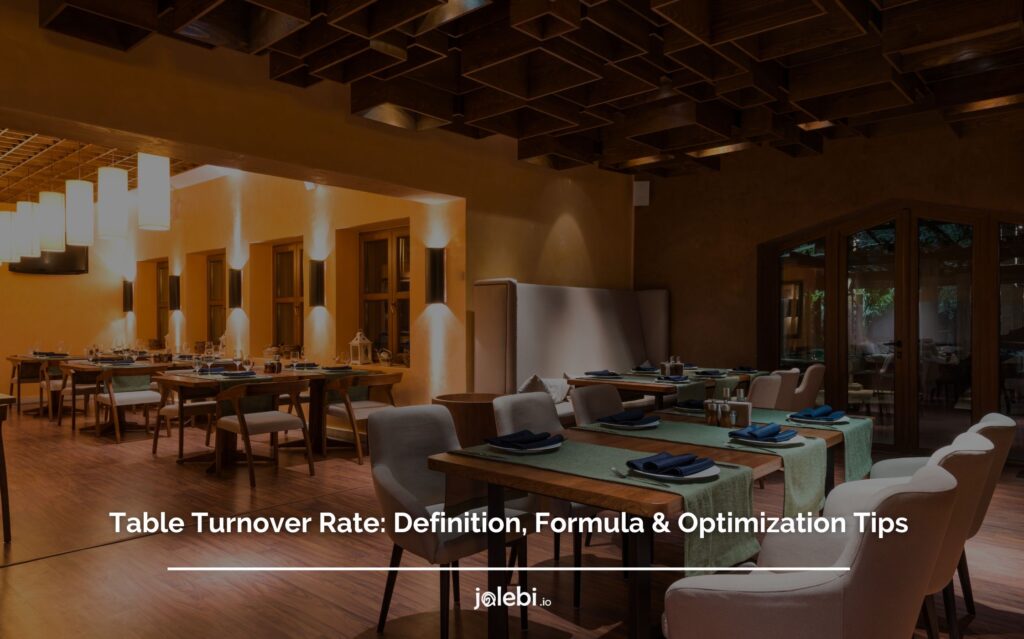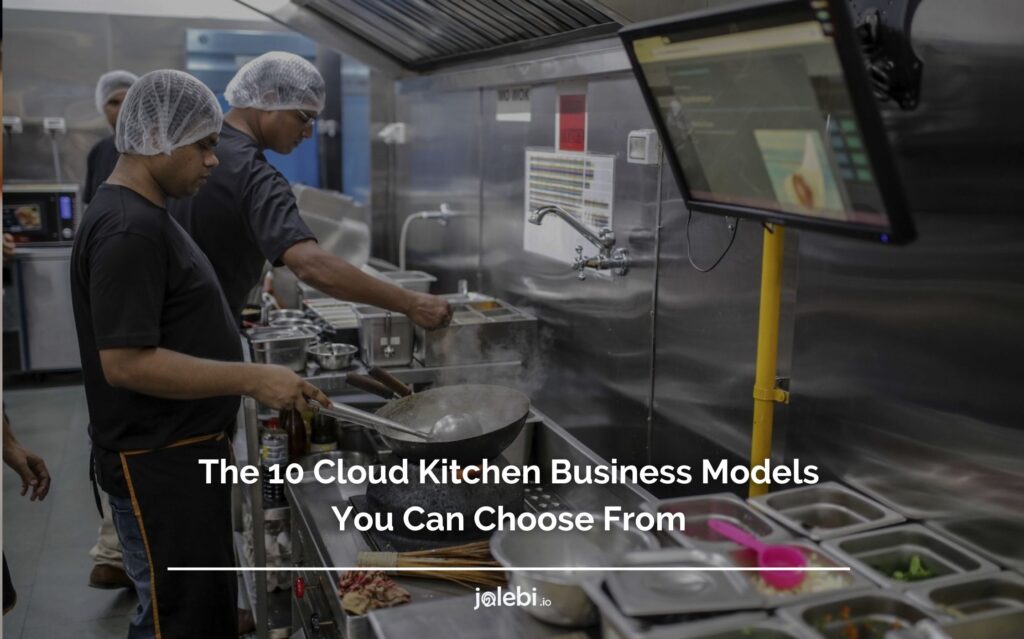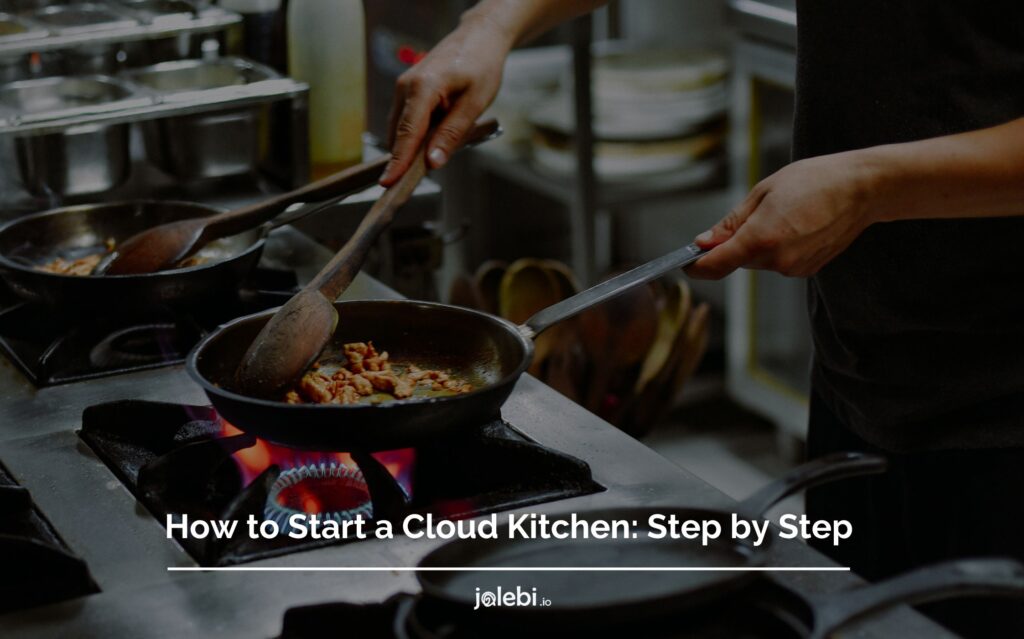Table of Contents
A significant portion of the population, accounting for 44%, now indulges in dining out at least once a week or even more frequently.
This growing trend emphasizes the importance of the restaurant industry and the need for establishments to adapt and thrive in this competitive landscape.
To effectively cater to the evolving preferences and demands of diners, restaurant owners and managers must rely on data-driven decision-making.
By harnessing the power of dashboards for restaurants, these professionals can gain valuable insights into customer behavior, menu performance, and operational efficiency.
In this blog, we will explore expert tips and strategies to utilize dashboards for restaurants effectively, helping you make informed decisions that boost profitability and enhance the overall dining experience.
Join us on this enlightening journey and unlock the power of dashboards for restaurants to elevate your establishment’s performance to new heights.
What Is A Restaurant Dashboard?

A restaurant dashboard is a digital tool that provides a visual representation of key performance indicators (KPIs) and relevant data to help restaurant owners and managers monitor and analyze various aspects of their business in real time.
It consolidates data from different sources, such as point-of-sale systems, online orders, reservations, and customer feedback, into a centralized platform.
The dashboard typically displays metrics like sales revenue, average ticket size, table turnover rate, customer satisfaction scores, and more.
The customizable nature of these restaurant dashboards allows users to prioritize the metrics and data visualizations that are most relevant to their specific needs and goals.
Ultimately, a dashboard for restaurants serves as a powerful tool to monitor restaurant performance, measure success, and take proactive actions to achieve business objectives in the competitive restaurant industry.
Important Features Of A Dashboard
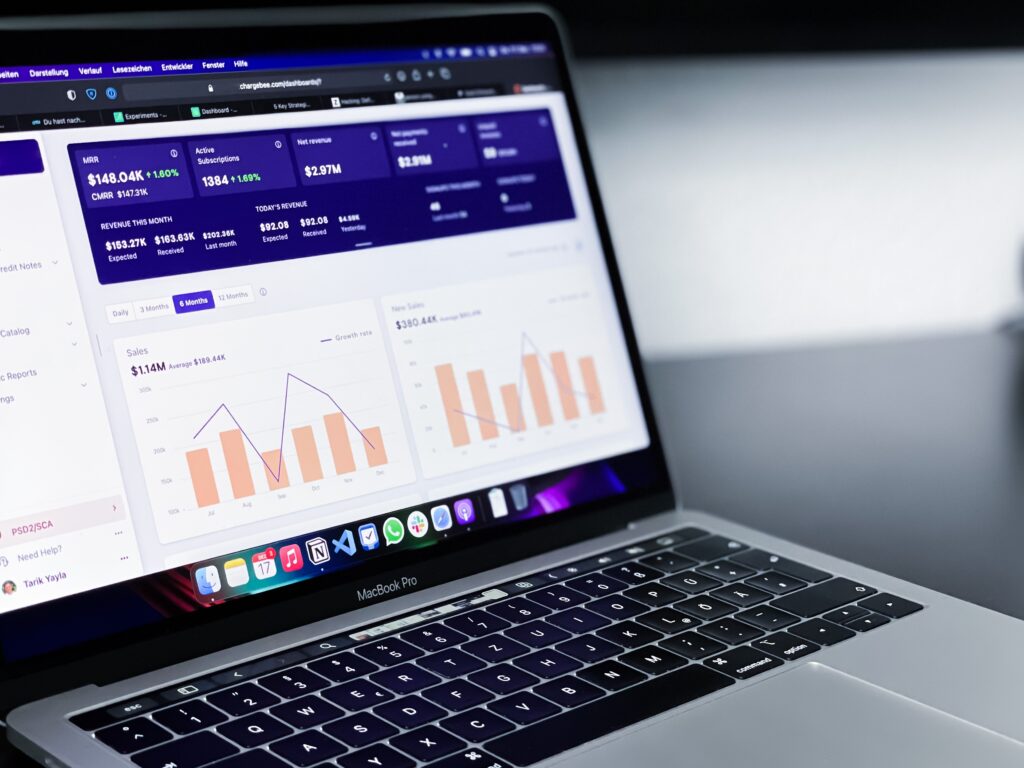
A well-designed dashboard for restaurants is a vital tool, offering a visual representation of key metrics and data to facilitate informed decision-making.
In the context of restaurants, an effective dashboard can provide invaluable insights into various aspects of operations, enabling owners and managers to optimize performance and drive success.
In this section, we explore the important features that make a restaurant dashboard truly impactful.
1. Real-time Data Updates
A top-notch restaurant dashboard should offer real-time data updates, ensuring that the information displayed is accurate and up to date.
This allows owners and managers to monitor critical metrics as they happen and make timely decisions based on the latest information.
2. Customizable Visualizations
The ability to customize visualizations is crucial as it allows users to prioritize and display the most relevant data in a visually appealing manner.
Customization options such as charts, graphs, and color-coded indicators can enhance the dashboard’s usability and make data interpretation easier.
With jalebi’s dashboard, restaurants gain the advantage of easily customizing visualizations to suit their specific needs.
3. Key Performance Indicators (KPIs)
An effective restaurant dashboard should provide a comprehensive set of KPIs that align with the specific goals and objectives of the business.
These may include metrics like sales revenue, average ticket size, customer satisfaction scores, table turnover rate, and more. Well-defined KPIs provide a holistic view of performance and facilitate focused decision-making.
4. Drill-down Capability
A feature that enables users to drill down into specific data points or metrics for deeper analysis is essential.
This allows restaurant owners and managers to uncover insights and identify trends or issues that may not be immediately apparent in the overall dashboard view.
jalebi’s dashboard for reporting empowers restaurants to swiftly identify trends within their data and take prompt action as needed.
By generating comprehensive reports through our dashboard for reporting based on key metrics and performance indicators, jalebi enables owners and managers to gain valuable insights into their business operations
5. Integration with Multiple Data Sources
A robust restaurant dashboard should have the capability to integrate data from various sources, such as point-of-sale systems, reservation platforms, online ordering systems, and customer feedback platforms.
This integration provides a holistic view of the business and allows for a comprehensive analysis.
5 Tips To Use Dashboard For Restaurants For Better Decision-Making
Harnessing the power of a dashboard for restaurants is essential for data-driven decision-making.
Now we will share five expert tips to help restaurants maximize the potential of their dashboards.
By following these tips, owners and managers can leverage data insights to make informed decisions, optimize operations, and drive success.
1- Clearly Define Your Objectives
Start by clearly defining your objectives and goals for your restaurant. Determine the specific areas you want to improve and outline the desired outcomes.
For example, if your objective is to increase revenue, specify whether it’s through upselling, attracting new customers, or optimizing pricing strategies.
By defining your objectives in detail, you can better align your dashboard with the relevant metrics and data that will help you track your progress effectively.
2- Select Relevant KPIs
When selecting key performance indicators (KPIs) for your dashboard, consider the unique aspects of your restaurant and the metrics that directly impact your goals.
For instance, if customer satisfaction is a priority, you may want to track metrics like customer feedback scores, ratings, or repeat customer rates.
If you aim to improve operational efficiency, metrics such as order processing time, staff productivity, or inventory turnover may be more relevant.
By carefully selecting KPIs, you ensure that your dashboard provides a comprehensive view of your restaurant’s performance.
3- Monitor Real-Time Data
Make it a habit to regularly monitor the real-time data updates provided by your dashboard. This allows you to stay up to date with the latest trends and performance metrics as they unfold.
By tracking real-time data, you can identify sudden changes, patterns, or anomalies that require immediate attention.
For example, if you notice a surge in online orders during specific hours, you can allocate additional staff or adjust preparation processes to meet the increased demand.
Real-time monitoring empowers you to make timely decisions and respond effectively to dynamic situations.
jalebi’s restaurant data analytics solution empowers restaurants with the ability to monitor their data in real time and take immediate action based on insights.
With real time data updates, restaurant owners and managers can stay informed about critical metrics such as sales performance, customer satisfaction scores, inventory levels, and more as they unfold.
This real-time monitoring enables timely decision-making, allowing restaurants to proactively address issues, seize opportunities, and optimize their operations.
4- Take Action and Measure Results
The true value of a restaurant dashboard lies in the actions you take based on the insights it provides.
Once you identify areas for improvement or opportunities for growth, develop action plans and implement them.
For instance, if your dashboard indicates a need to enhance customer service, you might initiate staff training programs, improve communication protocols, or introduce loyalty programs to boost customer satisfaction.
Measure the results of your actions by tracking the impact on your selected KPIs. Regularly evaluate the outcomes to determine the effectiveness of your strategies and make data-driven adjustments as necessary.
jalebi’s reporting feature helps restaurants measure results effectively, providing them with comprehensive insights into their performance.
With this feature, restaurants can generate detailed reports that highlight key metrics, trends, and comparisons over time.
5- Foster Cross-Functional Collaboration
Encourage cross-functional collaboration within your restaurant by leveraging the insights provided by your dashboard.
Share the dashboard with key stakeholders, such as managers, chefs, and front-of-house staff, and encourage them to actively engage with the data.
By fostering collaboration, you can harness the collective expertise and perspectives of your team to analyze the data, generate new ideas, and collectively brainstorm solutions.
This collaborative approach ensures that decision-making is not limited to a single individual but becomes a collective effort based on data-driven insights.
By involving your team in the dashboard utilization process, you can foster a culture of data-driven decision-making throughout your restaurant, leading to improved operational efficiency and overall success.
jalebi’s restaurant data analytics solution facilitates coordination and fosters cross-cultural collaboration among staff members in restaurants.
With its user-friendly interface and communication tools, jalebi serves as a centralized platform for employees from diverse backgrounds to collaborate effectively.
Partner With jalebi To Facilitate Decision-Making
In today’s competitive restaurant industry, making informed decisions is key to achieving success.
Are you looking for a restaurant management solution to facilitate decision-making? By partnering with jalebi, an industry-leading data analytics solution, restaurants can unlock the power of data-driven decision-making.
Why Choose jalebi?
1. Harness the Power of Data
jalebi empowers restaurants to harness the power of data by providing comprehensive insights into various aspects of their operations.
From sales trends and customer preferences to inventory management and employee performance, jalebi’s data analytics capabilities give you a holistic view of your restaurant’s performance. With this knowledge, you can make informed decisions with confidence.
2. Identify Trends and Opportunities
jalebi’s advanced algorithms analyze vast amounts of data to identify trends and uncover hidden opportunities.
Whether it’s spotting a popular menu item or detecting shifts in customer behavior, jalebi enables you to stay ahead of the curve.
By understanding emerging trends, you can adapt your menu, marketing strategies, and operations to capitalize on new opportunities and attract more customers.
3. Optimize Operations
Efficient operations are crucial for restaurant success, and Jalebi can help you streamline processes.
By analyzing data on factors such as table turnover, wait times, and staff performance, Jalebi highlights areas where improvements can be made.
With these insights, you can optimize your staffing levels, refine workflows, and enhance the overall efficiency of your restaurant, resulting in smoother operations and higher customer satisfaction.
4. Personalize the Customer Experience
jalebi’s data-driven approach extends to customer insights, allowing you to personalize the dining experience.
By analyzing customer preferences, feedback, and behavior, Jalebi helps you understand your target audience better.
Armed with this knowledge, you can tailor your offerings, create personalized promotions, and deliver exceptional experiences that keep customers coming back for more.
Final Thoughts
In today’s digital era, it’s no surprise that a significant majority of diners, specifically 73%, acknowledge the positive impact of restaurant technology on their overall guest experience.
This statistic highlights the growing importance of leveraging innovative solutions like jalebi’s dashboard in the pursuit of enhancing customer satisfaction and loyalty.
By partnering with jalebi’s dashboard and utilizing its data-driven decision-making capabilities, restaurants can not only meet but exceed customer expectations, ensuring a seamless and delightful dining experience.
Contact us today for more information and details!
Frequently Asked Questions
1. What are the two key success factors of dashboard reporting?
The two key success factors of dashboard reporting are data relevance and visualization.
Firstly, data relevance refers to the selection of meaningful and actionable metrics that align with the goals and objectives of the business. It’s crucial to identify the most relevant data points that provide insights into the performance and progress towards desired outcomes.
Secondly, visualization plays a significant role in conveying information effectively. The design and layout of the dashboard should be visually appealing, intuitive, and easily understandable.
Clear and visually engaging visualizations, such as charts, graphs, and infographics, enable users to quickly grasp the information and make informed decisions.
2. What is KPI for creating a dashboard?
Key Performance Indicators (KPIs) play a vital role in creating a dashboard. KPIs are measurable values that reflect the performance and progress towards achieving specific business objectives. When creating a dashboard, it is essential to identify and select the most relevant KPIs that align with the goals of the organization.
These can vary depending on the nature of the restaurant, but common examples include revenue, average order value, customer satisfaction scores, table turnover rate, and employee productivity.
Choosing the right KPIs ensures that the dashboard provides actionable insights and helps track the performance of critical areas within the restaurant.
3. What are the key considerations in dashboarding?
There are several key considerations to keep in mind when dashboarding. Firstly, it’s important to define the purpose and audience of the dashboard.
Understanding who will be using the dashboard and their specific needs helps tailor the design and content to suit their requirements. Secondly, data quality and accuracy are crucial.
Ensuring that the data integrated into the dashboard is reliable, up-to-date, and accurately reflects the performance of the restaurant is essential for making informed decisions.
Additionally, dashboard usability and accessibility should be prioritized. The dashboard should be user-friendly, intuitive, and accessible on various devices and platforms.
Lastly, ongoing maintenance and updates are necessary to keep the dashboard relevant and aligned with changing business objectives and metrics.
Regularly reviewing and optimizing the dashboard ensures its effectiveness in supporting data-driven decision-making within the restaurant.

